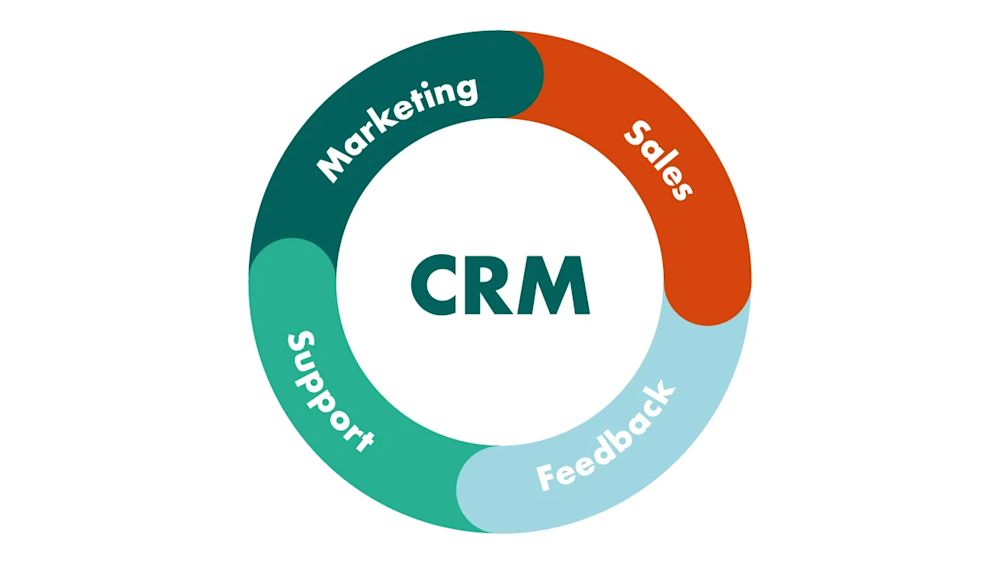Table of contents
Your Customer Relationship Management (CRM) system is only as effective as the data it contains. To maximize the potential of your CRM, it’s important to categorize and manage customer data systematically. Here’s a detailed guide on the four types of customer data you should include in your CRM.

1. Identity Data
Identity Data forms the foundation of your CRM, helping you to identify and keep track of your customers. This data includes:
- Basic Contact Information: This consists of names, email addresses, phone numbers, and mailing addresses. Accurate contact information is crucial for reaching out to your customers and maintaining a consistent communication flow.
- Demographic Information: Details like age, gender, occupation, and geographic location provide deeper insights into who your customers are. This information allows for segmentation and helps in crafting personalized marketing campaigns.
- Company Information: For B2B businesses, knowing the company that each contact is associated with is essential. This includes company name, industry, size, and revenue. Understanding the company helps in tailoring your sales approach and identifying potential business opportunities.
- Job Title and Role: It’s vital to know your contact’s job title and their role within the organization. This helps in ensuring that your communication is directed to the right person, whether they are a decision-maker or an influencer.
Why It Matters: Identity Data is the bedrock of your CRM, enabling you to keep track of who your customers are and how to reach them. It also helps in creating accurate customer profiles, which are essential for effective marketing and sales strategies.
2. Descriptive Data
Descriptive Data provides context about your customers, helping you understand their needs, preferences, and behaviors:
- Customer Preferences: Data on communication preferences, such as preferred contact method and timing, allows for personalized outreach that respects the customer’s comfort and availability.
- Lifestyle Information: For B2C businesses, information about a customer’s lifestyle, interests, and hobbies can be valuable for creating targeted marketing campaigns.
- Behavioral Data: This includes browsing history, product preferences, and purchase intentions. Understanding what products or services a customer is interested in can help in crafting personalized offers and promotions.
Why It Matters: Descriptive Data enriches your understanding of customers by providing a broader picture of who they are beyond just basic contact information. This allows you to personalize your interactions and offers, making your engagement more relevant and effective.
3. Quantitative Data
Quantitative Data is numerical data that provides measurable insights into customer behavior and interactions with your business:
- Purchase History: Knowing what a customer has bought, when, and how often, allows you to identify trends, anticipate needs, and offer relevant upsells or cross-sells.
- Engagement Metrics: Track how customers interact with your business, including email opens, clicks, website visits, and social media engagement. This data helps in assessing the effectiveness of your marketing efforts and understanding customer interests.
- Lead Source: Identify where your leads are coming from, whether it’s through social media, referrals, organic search, or paid advertising. Knowing the lead source helps in evaluating the ROI of different marketing channels.
Why It Matters: Quantitative Data provides concrete, actionable insights that can inform your marketing strategies and sales approaches. It helps in identifying high-value customers, optimizing campaigns, and improving overall business performance.
4. Qualitative Data
Qualitative Data captures the sentiment and experiences of your customers, offering insights that go beyond numbers:
- Customer Feedback: Collect and store feedback from surveys, reviews, and testimonials. This data provides direct insights into customer satisfaction and areas for improvement.
- Support Interactions: Document customer service interactions, including inquiries, complaints, and resolutions. This data helps in identifying common issues and improving your customer support processes.
- Org Chart Data: For B2B companies, understanding the organizational structure of your clients can be a significant advantage. Org chart data helps in identifying decision-makers, understanding reporting lines, and planning your sales approach accordingly.
Why It Matters: Qualitative Data offers a deeper understanding of customer sentiment, allowing you to improve customer experiences and build stronger relationships. It also helps in identifying potential issues before they escalate and ensuring that your customer service is proactive and effective.
Integrate your CRM with The Org and get access to contact, professional, and company information along with a database of over 400,000 org charts.
Access to the world’s largest database of org charts on The Org!


The ORG helps
you hire great
candidates
Free to use – try today